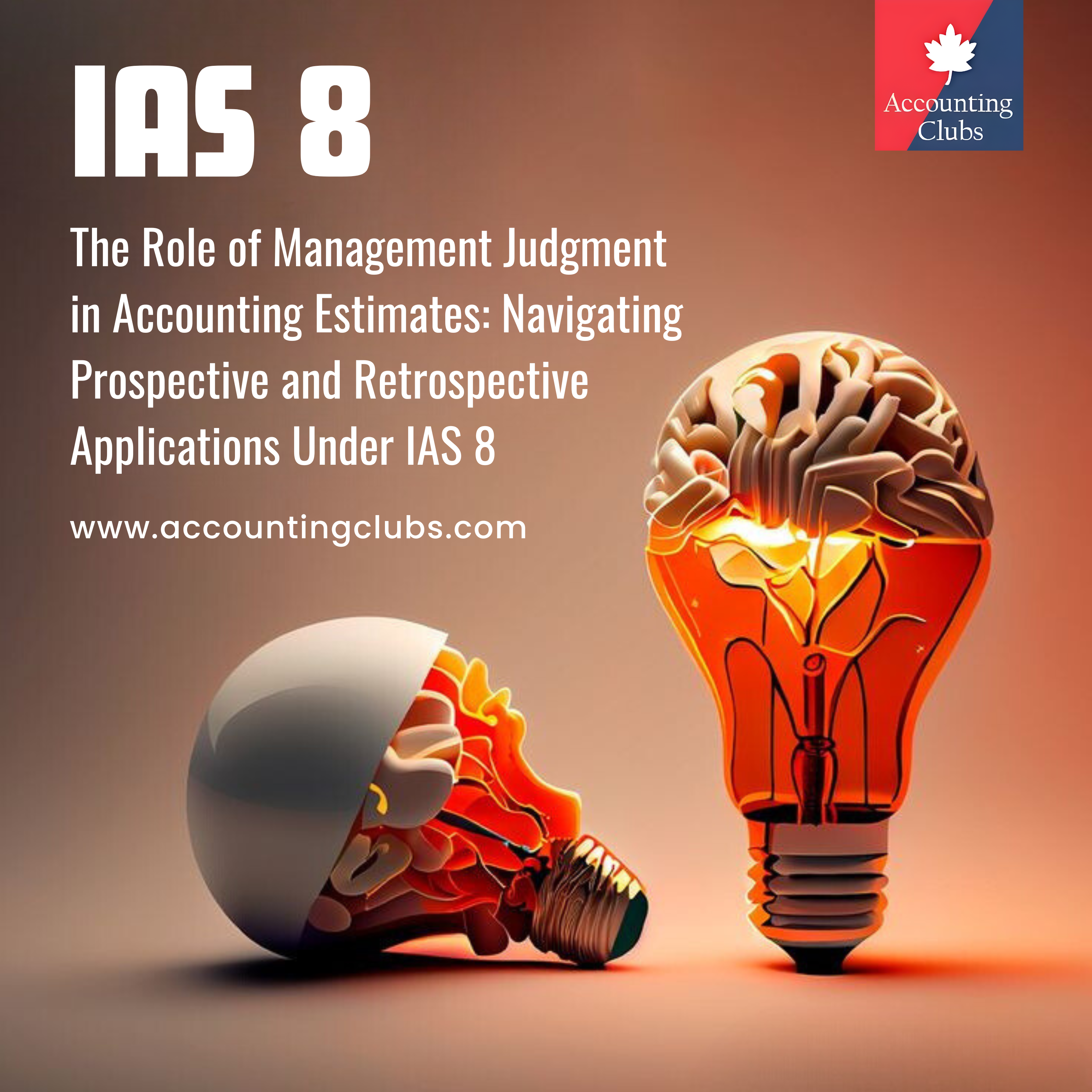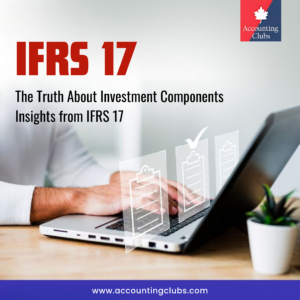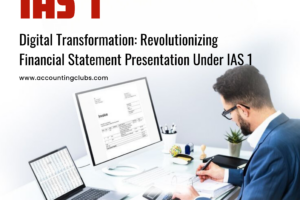The Role of Management Judgment in Accounting Estimates: Navigating Prospective and Retrospective Applications Under IAS 8

The treatment of changes in accounting estimates is a critical aspect of IAS 8 (Accounting Policies, Changes in Accounting Estimates and Errors). Understanding the implications of applying changes in estimates either prospectively or retrospectively is essential for accurate financial reporting. This article explores these two approaches, their implications for financial results, and provides case studies to illustrate their impact.
Key Distinctions
Prospective Application: Under IAS 8, changes in accounting estimates are generally applied prospectively. This means that the effects of a change are recognized in the current and future periods, without altering prior period financial statements. The rationale behind this approach is that accounting estimates are inherently uncertain and subject to change based on new information or developments
Retrospective Application: In contrast, retrospective application involves adjusting prior period financial statements as if the new estimate had always been in place. This method is typically reserved for changes in accounting policies rather than estimates. Retrospective application can enhance comparability across periods but can also introduce complexity and confusion among stakeholders
Implications of Prospective Application
- Simplicity and Clarity: The prospective application simplifies the reporting process by avoiding the need to restate prior financial statements. For example, if a company revises its estimate for warranty obligations due to improved data analytics, it will only affect future financial results rather than requiring adjustments to past reports.
- Impact on Profit or Loss: Changes recognized prospectively will influence the profit or loss statement for the current period and future periods. For instance, if a company lowers its estimate for bad debts based on improved collection processes, it will see immediate benefits reflected in its current profit margins.
- Transparency: By applying changes prospectively, companies can maintain transparency with stakeholders regarding how estimates are developed and adjusted over time. This approach allows investors to understand that changes are based on evolving circumstances rather than corrections of past errors
Implications of Retrospective Application
- Enhanced Comparability: Retrospective application can improve comparability across financial periods by ensuring that all periods presented reflect the same accounting treatment. This is particularly useful when analyzing trends over multiple years.
- Complexity and Resource Intensity: Retrospective adjustments can be complex and resource-intensive, requiring significant effort to gather historical data and make necessary adjustments. For example, if a company decides to change its method for calculating depreciation from straight-line to declining balance retrospectively, it must restate prior years’ financial statements—a process that can be cumbersome.
- Stakeholder Confusion: Stakeholders may find retrospective adjustments confusing, especially if they significantly alter previously reported results. For instance, if a company restates its revenue figures due to a change in recognition policy, it may lead to questions about the reliability of past reports.

Case Studies
Case Study 1: Prospective Application
Company A, a retail chain, revised its estimate for inventory obsolescence from 5% to 10% due to changing market conditions. Under prospective application, this change affected only the current year’s profit and future periods. The immediate impact was a decrease in profit for the current year, but stakeholders were informed that this adjustment was based on new market data rather than an error in previous estimates.
Case Study 2: Retrospective Application
Company B, an automotive manufacturer, changed its accounting policy regarding warranty provisions from a percentage of sales method to a more precise estimation based on historical claims data. The company opted for retrospective application, restating its prior three years’ financial statements to reflect the new policy. This led to significant changes in reported profits for those years, causing confusion among investors who were accustomed to the previous reporting method.
The Critical Role of Management Judgment in Developing Accounting Estimates
Management judgment plays an indispensable role in developing accounting estimates, a fundamental aspect of financial reporting under International Accounting Standards (IAS), particularly IAS 1 and IAS 8. These estimates are crucial for accurately representing an entity’s financial position and performance. However, the subjective nature of these judgments can introduce biases that significantly impact financial outcomes. This article delves into the intricacies of management judgment in accounting estimates, the potential biases involved, and their implications for financial reporting.
Understanding Accounting Estimates
Accounting estimates involve making informed assumptions about future events that affect the financial statements. Common examples include:
- Provision for Bad Debts: Estimating the percentage of receivables that may not be collected.
- Depreciation: Determining the useful life and residual value of fixed assets.
- Warranty Obligations: Estimating future warranty claims based on historical data.
These estimates require management to exercise judgment based on the best available information, which can vary significantly depending on the context.
The Role of Management Judgment
- Data Interpretation: Management must analyze historical data and current trends to make informed estimates. For instance, when estimating bad debts, management considers past collection rates, economic conditions, and changes in customer behavior.
- Assumption Development: Management is responsible for developing assumptions that underpin accounting estimates. For example, in determining the useful life of machinery, management might consider factors such as technological advancements and maintenance practices.
- Scenario Analysis: Management often conducts scenario analyses to understand how different assumptions affect financial outcomes. This process helps identify potential risks and opportunities, guiding strategic decision-making.

Potential Biases in Management Judgment
Despite the necessity of management judgment, it is susceptible to various biases that can distort financial reporting:
- Optimism Bias: Management may overestimate future cash flows or underestimate liabilities to present a more favorable financial position. For instance, a company might underestimate warranty claims to boost short-term profits.
- Anchoring Bias: Previous estimates can unduly influence current judgments, leading management to stick with outdated assumptions even when new data suggests a change is warranted.
- Confirmation Bias: Management may focus on information that supports their existing views while disregarding contrary evidence. This can result in overly optimistic revenue forecasts based on selective data.
- Pressure from Stakeholders: External pressures from investors or analysts can lead management to manipulate estimates to meet performance expectations, potentially compromising integrity.
Implications for Financial Reporting
The implications of management judgment and potential biases are significant:
- Financial Statement Reliability: Biased estimates can lead to material misstatements in financial statements, undermining their reliability and potentially leading to regulatory scrutiny or loss of investor confidence.
- Disclosure Requirements: IAS 1 requires entities to disclose significant judgments made in applying accounting policies and the sources of estimation uncertainty. Failure to adequately disclose these judgments can result in a lack of transparency and trust among stakeholders.
- Audit Challenges: Auditors face challenges when evaluating management’s estimates due to their subjective nature. They must assess whether management has applied appropriate methods and assumptions while also considering potential biases.
- Long-Term Consequences: Overly optimistic estimates may provide short-term gains but can lead to long-term repercussions if actual results do not align with projections. For example, if a company consistently underestimates warranty obligations, it may face significant liabilities in future periods.
Case Studies Illustrating Management Judgment
Case Study 1: Provision for Bad Debts
A retail company faced declining sales due to economic downturns but chose to maintain its historical bad debt provision percentage rather than adjusting it based on current conditions. This decision led to inflated profit figures in the short term but resulted in substantial write-offs as actual bad debts exceeded estimates.
Case Study 2: Depreciation Estimates
An automotive manufacturer revised its estimate for the useful life of its production equipment upward based on recent technological advancements. While this decision reduced depreciation expenses and improved short-term profitability, it raised concerns among investors about the sustainability of these improvements over time.
The role of management judgment in developing accounting estimates is critical yet fraught with challenges stemming from potential biases. As companies navigate complex economic landscapes, it is essential for management to apply rigorous analytical processes while remaining transparent about their assumptions and judgments. By doing so, they can enhance the reliability of financial reporting and maintain stakeholder trust.
Conclusion
The choice between prospective and retrospective application of changes in accounting estimates under IAS 8 has significant implications for financial reporting. While prospective application simplifies reporting and enhances transparency, retrospective application improves comparability but introduces complexity and potential confusion among stakeholders. As companies navigate these requirements, they must carefully consider their reporting strategies to ensure compliance while providing relevant information to stakeholders.











